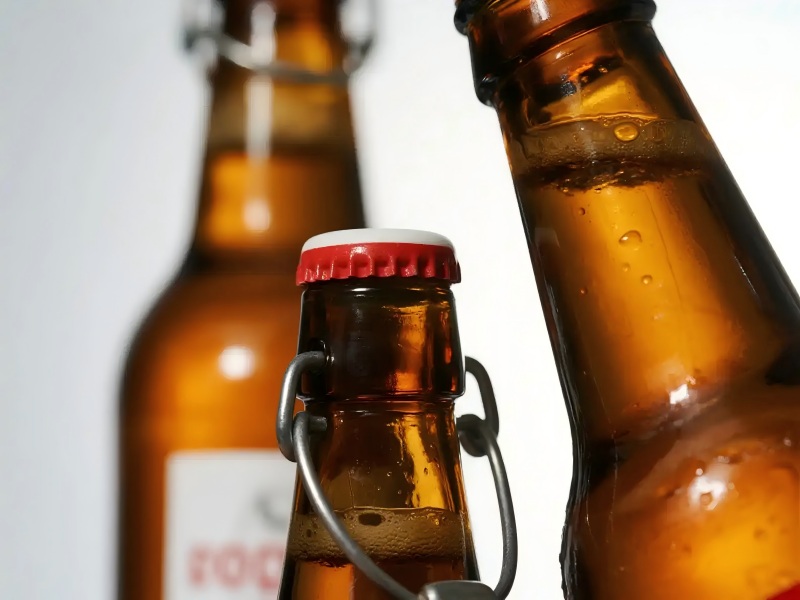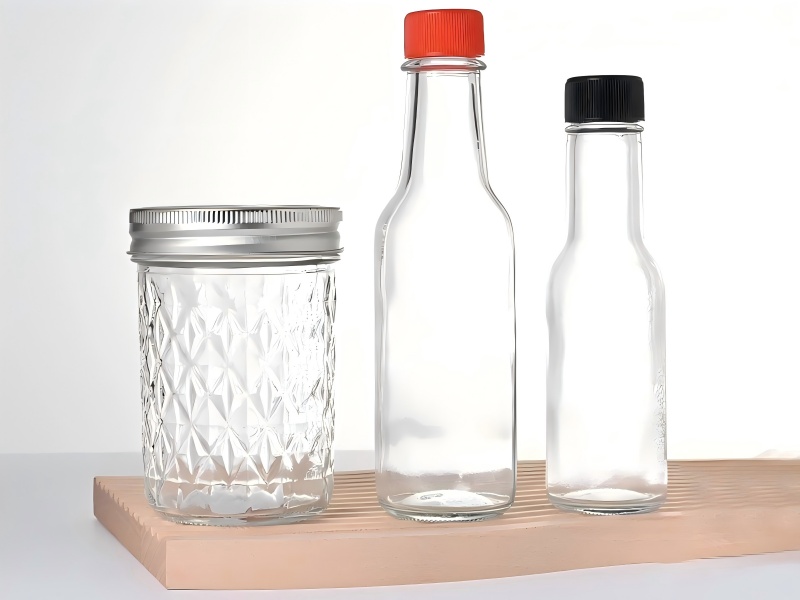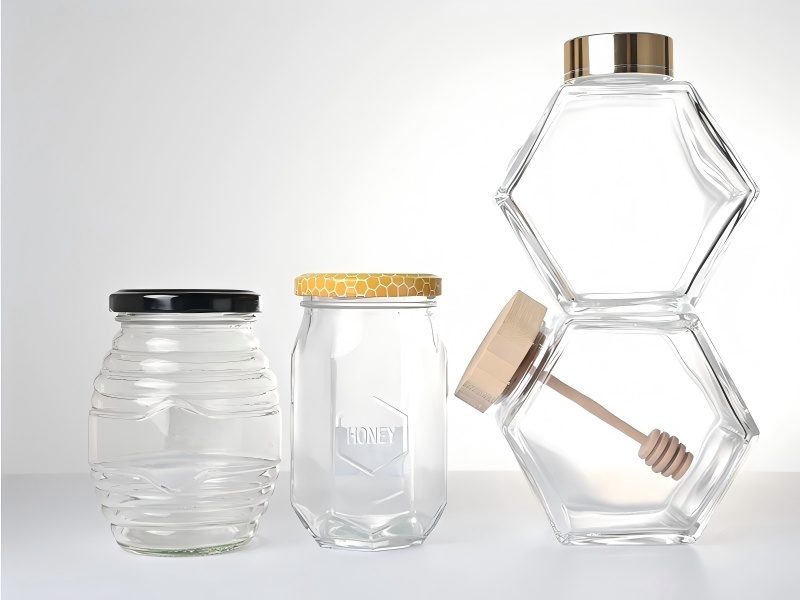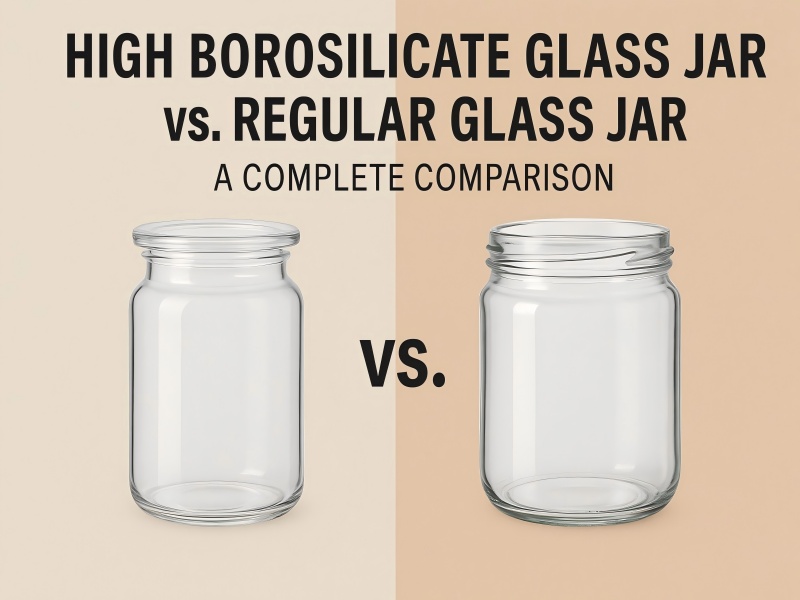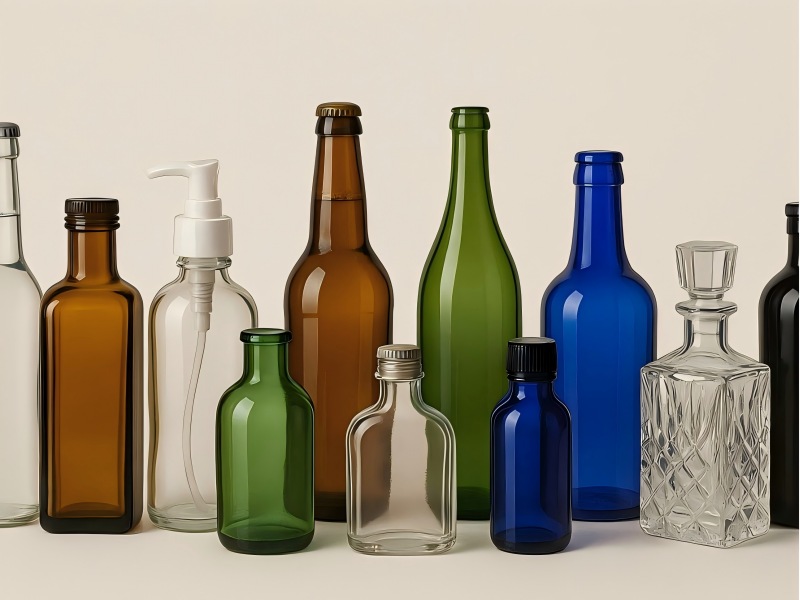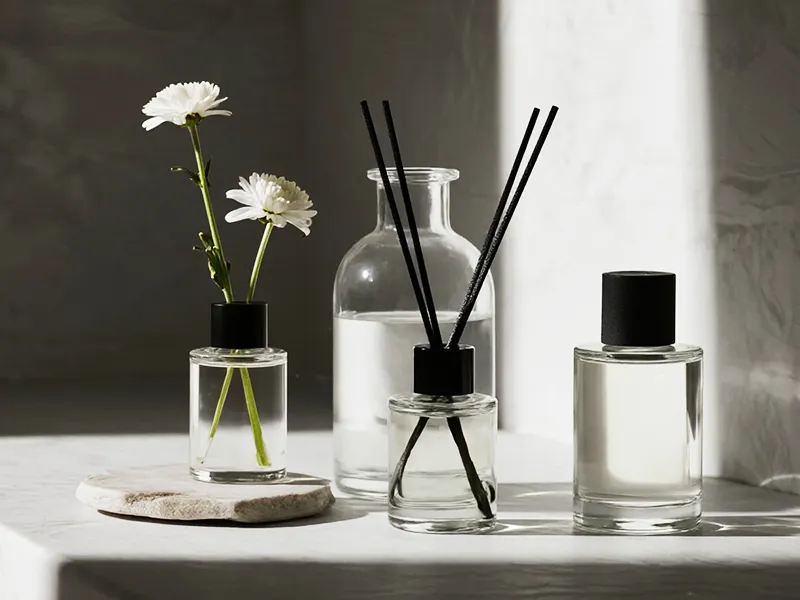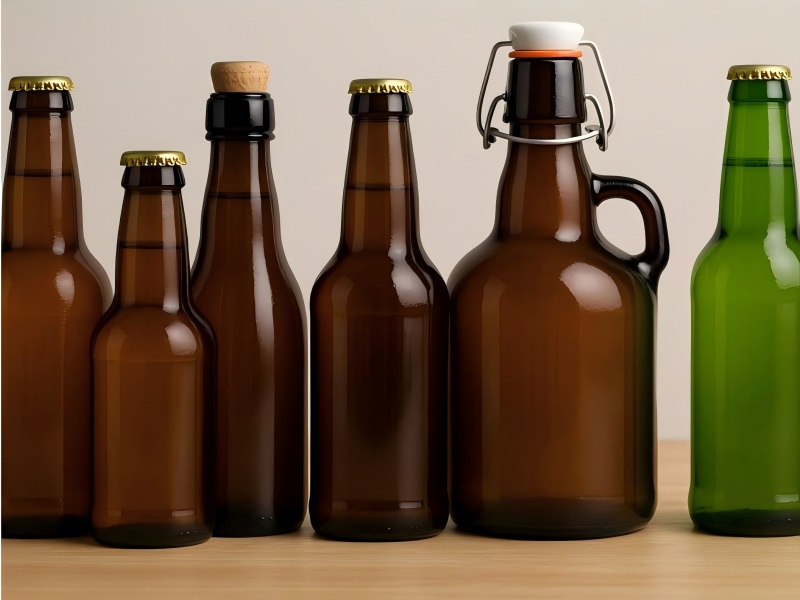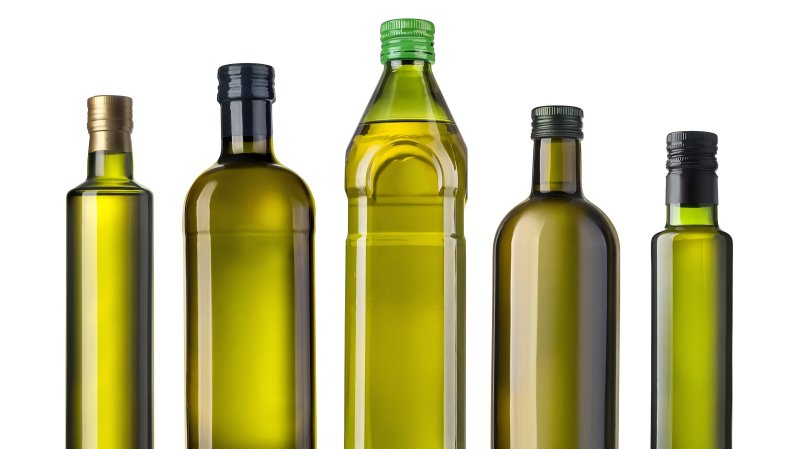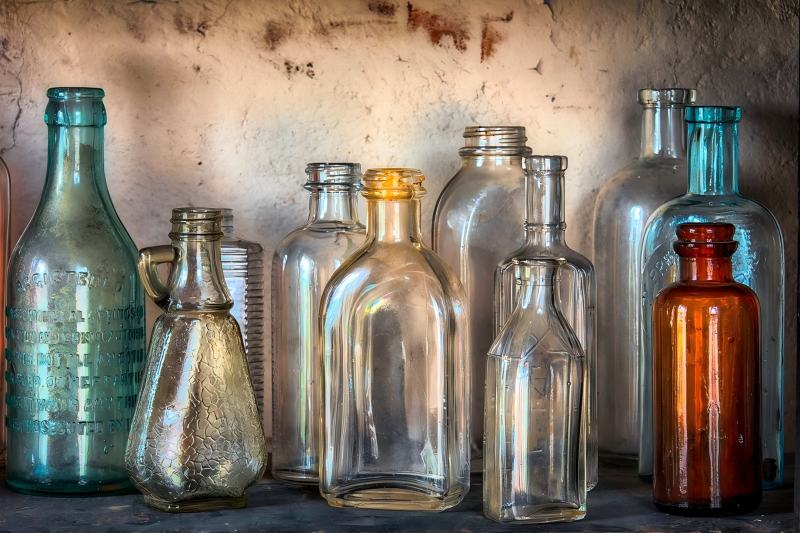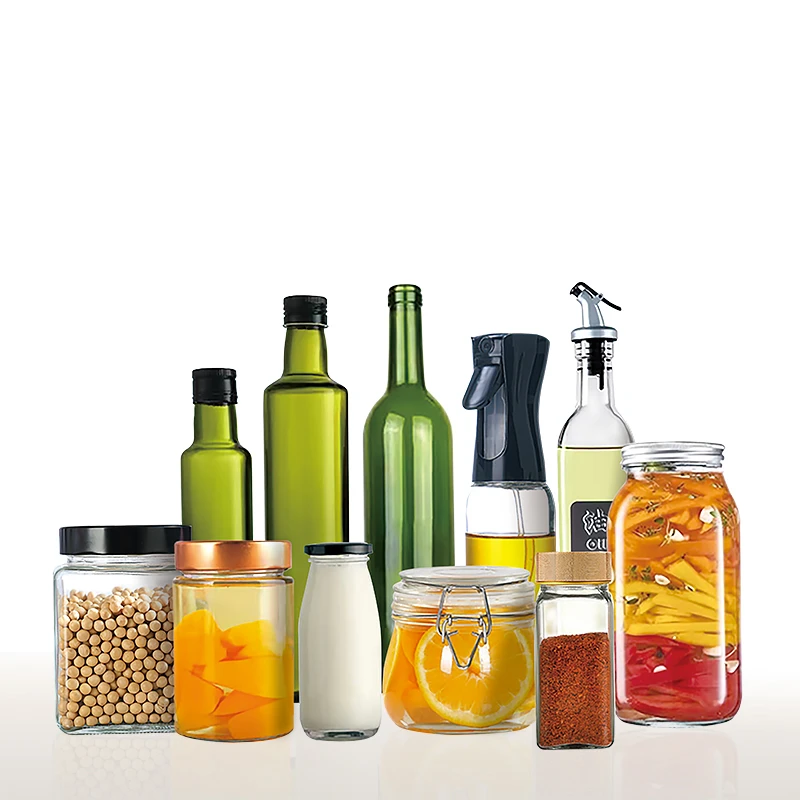Types of Beer Bottles: A Complete Manufacturer’s Guide
Beer packaging does more than look good—it helps preserve flavor, extend shelf life, support branding, meet regulations, and improve the consumer experience. For manufacturers, choosing the right bottle affects efficiency, sustainability, customer appeal, and market reach.
Beer bottles come in many shapes, sizes, materials, and closures to suit different brewing styles, branding needs, regional rules, and customer preferences. This guide covers all types of beer bottles, with specs, pros and cons, market insights, and tips for manufacturers.
Bottle Shapes
Bottle shape impacts visual appeal, shelf presence, storage, packaging logistics, and bottling line compatibility. Below are the most popular beer bottle shapes used worldwide.
Longneck Bottles (ISB – Industry Standard Bottle)
The longneck bottle is synonymous with American beer culture. Characterized by a tall, slender neck and a smooth cylindrical body, it’s the go-to format for automated filling systems.
Specs:
- Common Volume: 355 mL (12 oz)
- Height: 23–24 cm
- Closure: Crown or twist-off
- Material: Amber or clear glass
Applications:
- American lagers
- Craft brews
- Large-scale commercial brands
| Pros | Cons |
| Works with most bottling equipment | Generic design offers low shelf impact |
| Ideal for mass production and stacking | Small neck area limits label space |
| Familiarity builds consumer trust | Limited premium perception |
Stubby Bottles (Steinie Style)
Stubby bottles are short and wide, designed for durability and storage efficiency. They are frequently connected to old or traditional brews.
Specs:
- Volume: 330–375 mL
- Height: ~17–18.5 cm
- Closure: Crown cap
- Material: Amber glass
Applications:
- Regional ales
- Craft brews
- Retro-branded products
| Pros | Cons |
| Low center of gravity reduces breakage risk | Limited branding space on short neck |
| Better case packing efficiency | May be perceived as less premium |
| Nostalgic design attracts certain consumers | Less common in some global markets |
Belgian Bottles
Belgian-style bottles are thick-walled and robust, suited for beers that undergo secondary fermentation in the bottle. These often include cork and cage closures for added tradition and pressure resistance.
Specs:
- Volumes: 330 mL, 375 mL, 750 mL
- Closure: Cork & cage or crown cap
- Material: Extra-thick amber or green glass
Applications:
- Bottle-conditioned ales
- Lambics and saisons
- Exported high-end products
| Pros | Cons |
| Supports high carbonation pressure | More expensive to produce and ship |
| Ideal for aging and premium positioning | Not compatible with all bottling equipment |
| Creates a distinctive high-end product appearance | Heavier, contributing to shipping emissions |
Bomber Bottles
Bomber bottles are tall and large, ideal for sharing and premium packaging. They are popular for limited edition or high-ABV craft beers.
Specs:
- Volume: 650 mL (22 oz)
- Height: ~27–28 cm
- Closure: Crown cap
- Material: Amber glass
Applications:
- Barrel-aged brews
- Collaboration beers
- Specialty products
| Pros | Cons |
| More space for label artwork | Higher shipping costs per unit |
| Premium feel ideal for collector’s items | Not ideal for single-serve consumption |
| Distinctive shelf presence | Takes up more shelf/case space |
Growlers
Growlers are large, refillable containers primarily used in taprooms and breweries for direct-to-consumer sales.
Specs:
- Volumes: 946 mL (32 oz), 1.89 L (64 oz)
- Closure: Swing-top, screw cap
- Material: Glass, stainless steel, or ceramic
Applications:
- Taproom refill programs
- Brewery gift shops
- Local brewery-to-home distribution
| Pros | Cons |
| Refillable and sustainable | Not suited for extended storage |
| Strong branding opportunity through customization | Bulky and fragile for transit |
| Encourages local and loyal customer engagement | Must be cleaned thoroughly before refilling |
Bottle Volumes
Beer bottles come in a wide range of sizes, reflecting serving traditions, alcohol content, and regional consumer habits. Choosing the right volume is vital for aligning with packaging regulations, shipping strategies, and marketing goals.
Table: Common Beer Bottle Sizes by Market
| Bottle Type | Volume (mL) | Volume (oz) | Common Markets | Primary Use Cases |
| Mini/Nip | 250 | 8.5 | Europe, Japan | Samplers, promotional sets, tastings |
| Euro Standard | 330 | 11.2 | Europe, Asia | Most commercial beers and lagers |
| Longneck | 355 | 12 | North America | Standard for mass-market beer |
| Pint | 500 | 16.9 | UK, Germany | Porters, bitters, IPAs |
| Bomber | 650 | 22 | North America | High-ABV craft beers, barrel-aged styles |
| Champagne | 750 | 25.4 | Belgium, Global | Bottle-conditioned, specialty releases |
| Magnum | 1000+ | 33.8+ | Global specialty | Share bottles, celebration editions |
| Growler | 1890 | 64 | US breweries | On-tap takeaway, reusable format |
Key Manufacturer Considerations:
- Shelf Appeal: Smaller bottles offer convenience, while larger formats elevate brand presence.
- Regulatory Limits: In some regions, alcohol content affects allowable packaging sizes.
- Logistics: Shipping efficiency can be increased with standardized volumes (e.g., 330 or 500 mL).
- Consumer Behavior: Single-serve vs. sharing culture greatly affects volume choice.
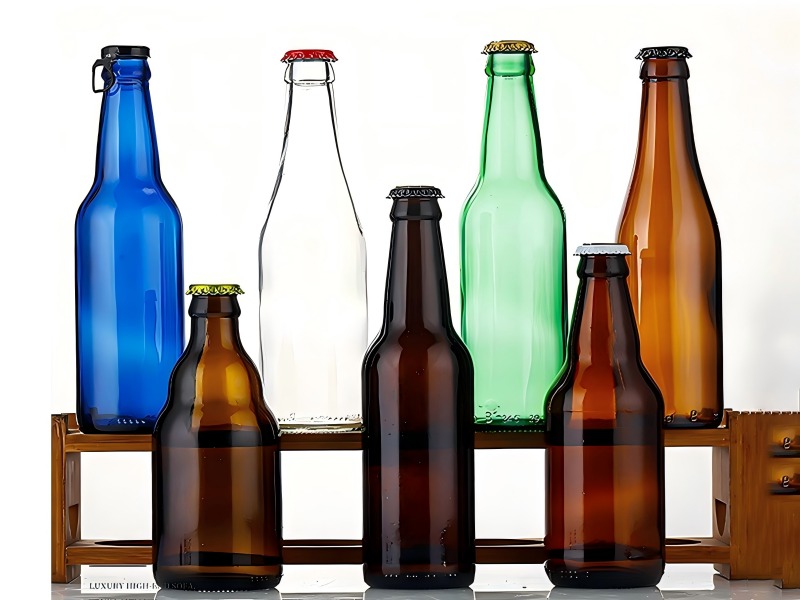
Glass Color
Color is not merely a branding element—glass color directly influences beer preservation by filtering out harmful UV rays that can cause off-flavors (commonly referred to as “skunky” notes).
Comparison Table: Beer Bottle Glass Colors
| Color | UV Protection | Shelf Life Impact | Typical Usage | Market Perception |
| Amber | ~98% | Excellent | Lagers, ales, IPAs | Reliable, classic |
| Green | ~70–80% | Moderate | Pilsners, European heritage brews | Traditional, premium |
| Clear | 0% | Poor | Fruit beers, flavored beers | Trendy, niche, visual showcase |
Material Insight:
- Amber/Brown Glass: The industry standard for most of the world. Amber filters out nearly all UV rays, protecting flavor stability.
- Green Glass: Often used in European beers (e.g., Heineken, Grolsch). Offers some UV protection, but much less than amber.
- Clear (Flint) Glass: Allows full visibility of the product—great for colorful, fruit-forward, or seasonal releases—but requires additional protection (e.g., boxed packaging) or UV inhibitors in the beer itself.
Manufacturer Tip:
If you opt for clear or green glass, invest in specialized labels or UV-resistant inks to counteract the lower light protection.
Closure Types
The closure is a crucial aspect of beer packaging. It must maintain internal pressure, prevent contamination, ensure carbonation retention, and provide ease of opening—all while aligning with the beer’s positioning and distribution method.
Table: Beer Bottle Closures and Their Features
| Closure Type | Description | Resealable | Cost | Common Use Cases |
| Crown Cap | Crimped metal cap | No | Low | Standard on most commercial bottles |
| Twist-Off Cap | Threaded variant of crown cap | Yes | Medium | U.S. domestic beers, convenience sales |
| Swing-Top | Ceramic/rubber stopper with wire bail | Yes | High | Craft, homebrewing, growlers |
| Cork & Cage | Cork sealed with wire cage | No | High | Bottle-conditioned, Belgian ales |
| Screw Cap | Threaded plastic or metal closure | Yes | Low-Mid | Growlers, PET packaging, flavored beers |
Functionality Comparison:
| Feature | Crown Cap | Twist-Off | Swing-Top | Cork & Cage | Screw Cap |
| Air-tight seal | Excellent | Good | Very Good | Excellent | Good |
| Carbonation retention | High | Medium | High | Very High | Medium |
| Shelf appeal | Standard | Moderate | High | Premium | Moderate |
| Automation-friendly | Yes | Yes | No | No | Yes |
Manufacturer Insights:
- Automation: Crown and twist-off caps are compatible with most bottling lines.
- Premium Look: Cork and swing-tops are great for limited releases, but increase production complexity.
- Consumer Convenience: Twist-off and screw caps appeal to casual users who may not have access to openers.
Bottle Materials
While glass is the default material for beer bottles, alternative materials offer different benefits and drawbacks. Each affects taste stability, packaging weight, breakage risk, and sustainability.
Table: Material Comparison
| Material | Key Properties | Pros | Cons | Common Uses |
| Glass (Amber) | Inert, UV-protective | Excellent taste retention, recyclable | Breakable, heavy | Standard commercial beers |
| Glass (Clear) | Inert, full visibility | Aesthetic appeal for fruit and novelty beers | No UV protection, risk of flavor change | Visual-focused or indoor use beers |
| PET Plastic | Lightweight, unbreakable | Cost-effective, shatterproof | Allows oxygen ingress, lower shelf life | Budget beers, flights, events |
| Stainless Steel | Durable, non-reactive | Great insulation, reusable | High cost, niche appearance | Growlers, portable outdoor use |
| Ceramic | Excellent thermal insulation | Premium, customizable, great for gifting | Fragile, heavy, rare | Limited edition growlers |
Sustainability Note:
Glass bottles can be recycled infinitely without loss of quality, while PET plastic has a limited lifecycle and requires special recycling streams. Stainless steel and ceramic are durable, but are used mainly in reusable applications.
Regional Preferences
Consumer expectations, alcohol regulations, recycling systems, and packaging logistics vary by region. Beer bottle manufacturers targeting global markets must adapt their bottle types accordingly.
Table: Regional Packaging Trends
| Region | Preferred Volumes | Bottle Color | Common Closures | Notable Traits |
| USA | 355 mL, 650 mL | Amber | Crown, Twist-Off | Longnecks and bombers dominate |
| Canada | 341 mL, 355 mL | Amber | Crown | Strong government recycling systems |
| UK | 500 mL | Amber | Crown | Pint-sized bottles, traditional ales |
| Germany | 500 mL, 330 mL | Brown | Crown | Returnable stubby systems, strong beer culture |
| Belgium | 330–750 mL | Amber/Green | Cork & Cage | Heavy bottles for high-carbonation beers |
| Japan | 500 mL, 633 mL | Amber | Crown | Shared drinking culture, larger bottle sizes |
| Australia | 375 mL (Stubby) | Amber | Crown | Rugged design suited to an outdoor lifestyle |
| India | 650 mL | Amber | Crown | Bulk format preferred for pricing |
Global Manufacturer Takeaway:
- Design for Logistics: Returnable systems (e.g., Germany) require thicker glass and compatible caps.
- Target Consumer Behavior: Regions with a sharing culture prefer larger volumes (e.g., Japan, India).
- Meet Retail Norms: Match volumes and shapes to shelf dimensions and crate designs in key markets.
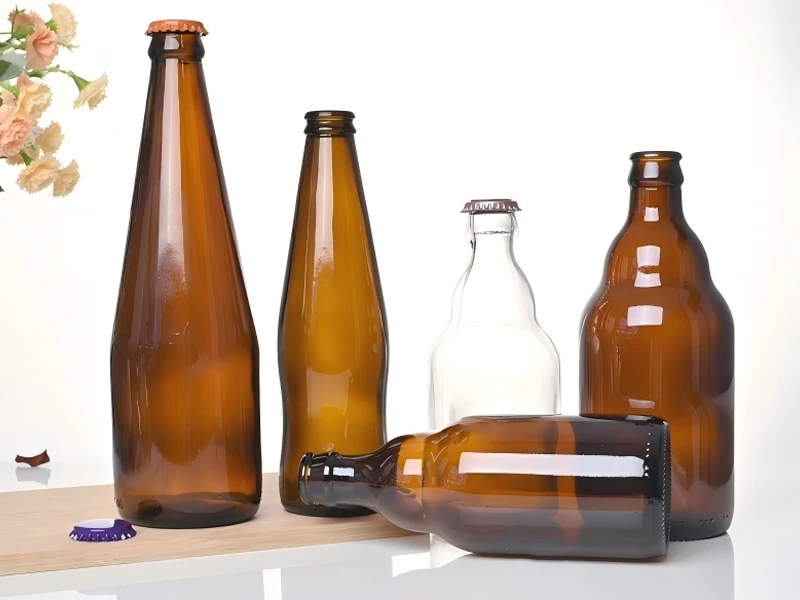
Specialty and Custom Bottles
In today’s competitive market, many breweries use custom or specialty bottle designs to create a distinctive brand identity and elevate their perceived value. These bottles go beyond standard shapes and often incorporate unique aesthetics or limited-edition features.
Types of Specialty Bottles
| Bottle Type | Description | Common Use Cases |
| Embossed Bottles | Glass molded with logos or brand identifiers | Premium products, heritage brands |
| Sleek/Tall Bottles | Narrow body with long neck; often used for wheat beers or saisons | Upscale craft beers, female-targeted markets |
| Custom Mold Bottles | Bottles with completely unique shape/design, built with custom tooling | Limited releases, collabs, luxury collections |
| Swing-top Bottles | Vintage-style ceramic or plastic stopper on wire bail | Boutique breweries, homebrewing, sustainability |
| Colored Bottles (Blue, Red, etc.) | Non-traditional tints for eye-catching branding | Gimmick beers, event-specific packaging |
Manufacturer Tips:
- Custom molds involve significant upfront investment—best suited for brands with large volumes or high margins.
- Embossing is permanent and enhances tactile experience but limits versatility.
- Use bold bottle designs only if supported by consistent marketing and product quality.
Returnable vs. Non-Returnable Bottles
Sustainability and cost-efficiency are central concerns in bottle system planning. The choice between returnable and non-returnable bottles affects the entire supply chain—from glass thickness to cleaning infrastructure.
Comparison Table:
| Feature | Returnable Bottles | Non-Returnable Bottles |
| Glass Thickness | Thicker | Lighter |
| Lifespan | Up to 30 reuse cycles | One-time use |
| Environmental Impact | Lower over time | Higher unless recycled properly |
| Packaging Cost (per use) | Lower (after reuse) | Higher per unit |
| Cleaning Infrastructure | Required | Not necessary |
| Best Regions | Germany, Scandinavia, Canada | U.S., Asia, developing markets |
Manufacturer Considerations:
- Evaluate your supply chain and local infrastructure before committing to returnables.
- Returnable bottles must be designed with standard shapes and markings for sorting.
- Non-returnable formats offer flexibility for global shipping and seasonal releases.
Sustainability Innovations in Beer Bottle Manufacturing
As sustainability becomes essential in brewing, bottle manufacturers now use eco-friendly technologies. Greener sourcing and packaging practices are reshaping how beer is produced, bottled, and distributed worldwide.
Lightweighting
Lightweighting reduces glass thickness while maintaining durability. This lowers production energy use, cuts transport fuel costs, and conserves materials—reducing carbon emissions across the supply chain.
Increased Use of Recycled Glass (Cullet)
Cullet, or recycled glass, reduces the energy needed for production. Some facilities now use up to 70% cullet, promoting sustainability through a closed-loop glass economy.
Eco-Friendly Inks and Labeling
Traditional labels hinder recycling. New solutions include biodegradable inks and digital printing directly on bottles, which eliminate adhesives and improve recyclability.
Digital and Smart Packaging
NFC tags and QR-coded caps offer recycling tips, traceability, and return incentives—boosting sustainability efforts and enhancing brand engagement with eco-conscious consumers.
Energy-Efficient Manufacturing Techniques
Modern glass plants use energy-saving furnaces, low-emission systems, and water recycling. Many are adopting renewable energy to reduce operational costs and carbon footprints.
Branding Through Sustainability
Eco-friendly packaging boosts brand value. Breweries showcase green efforts on labels and websites, attracting consumers who prefer ethical, environmentally responsible brands.

